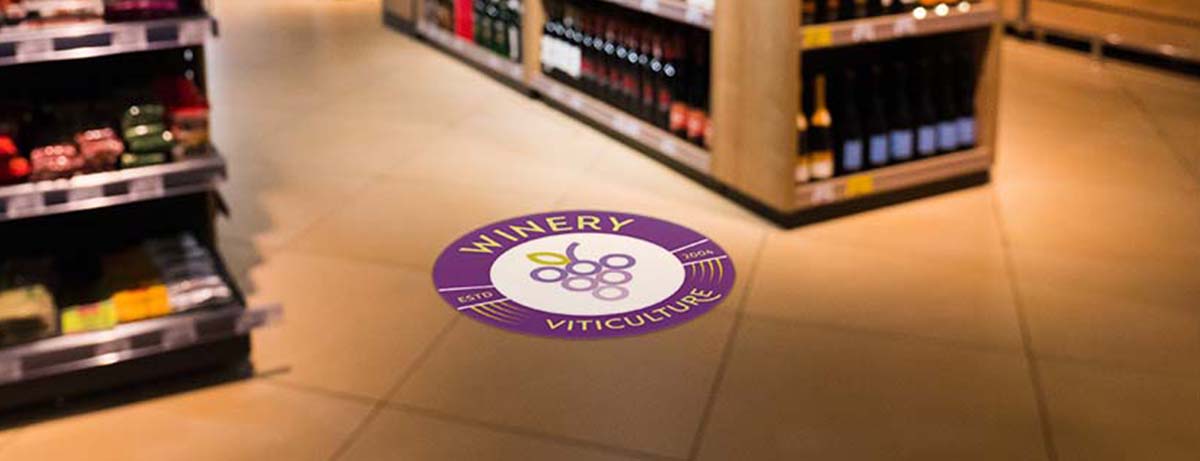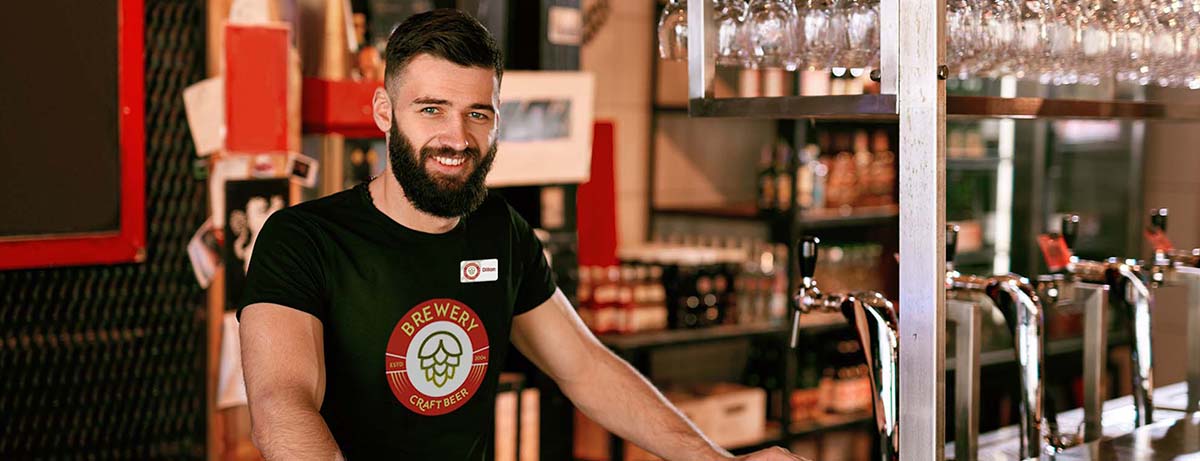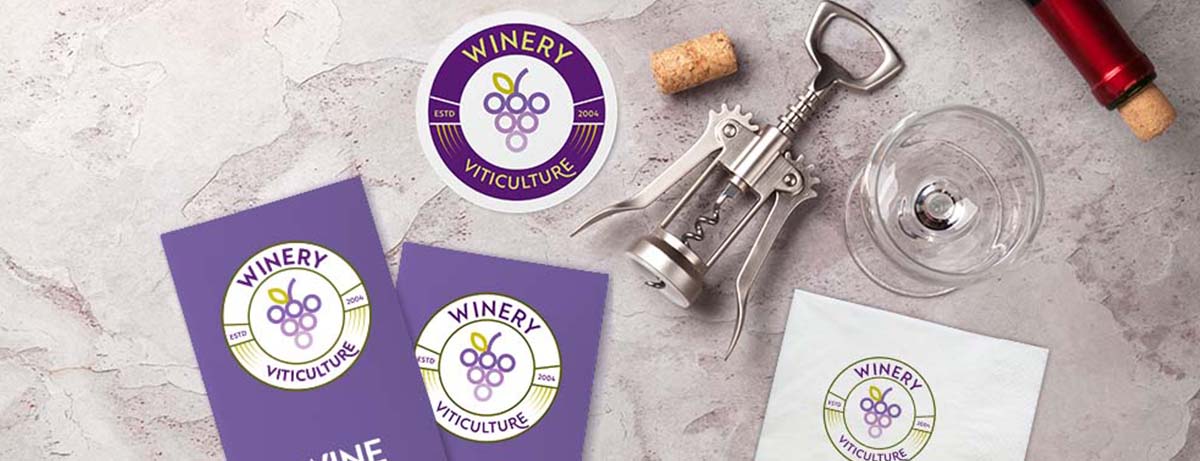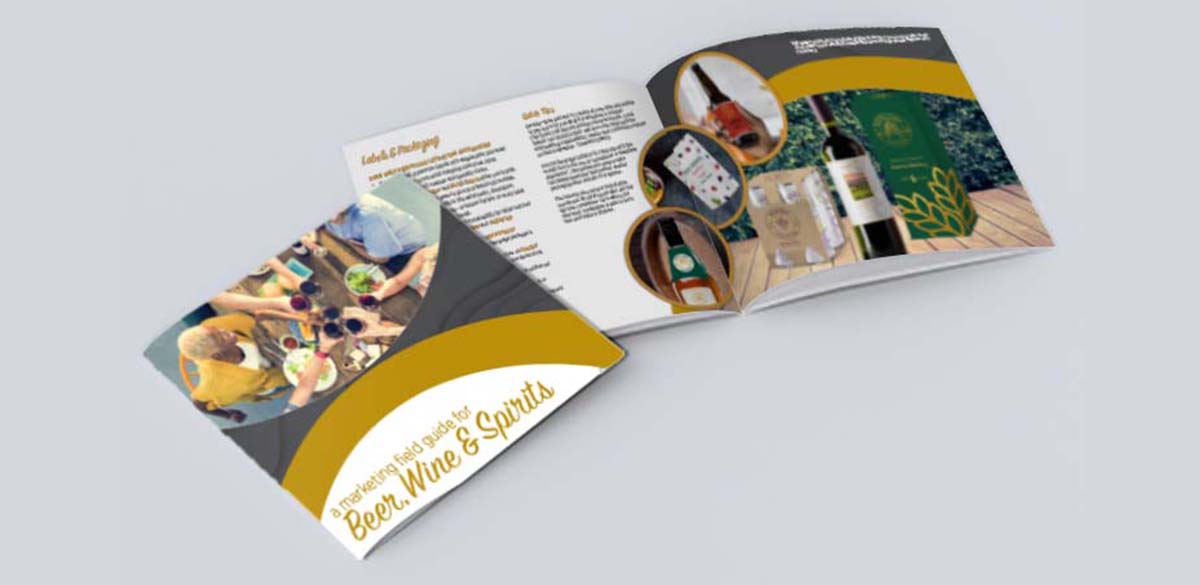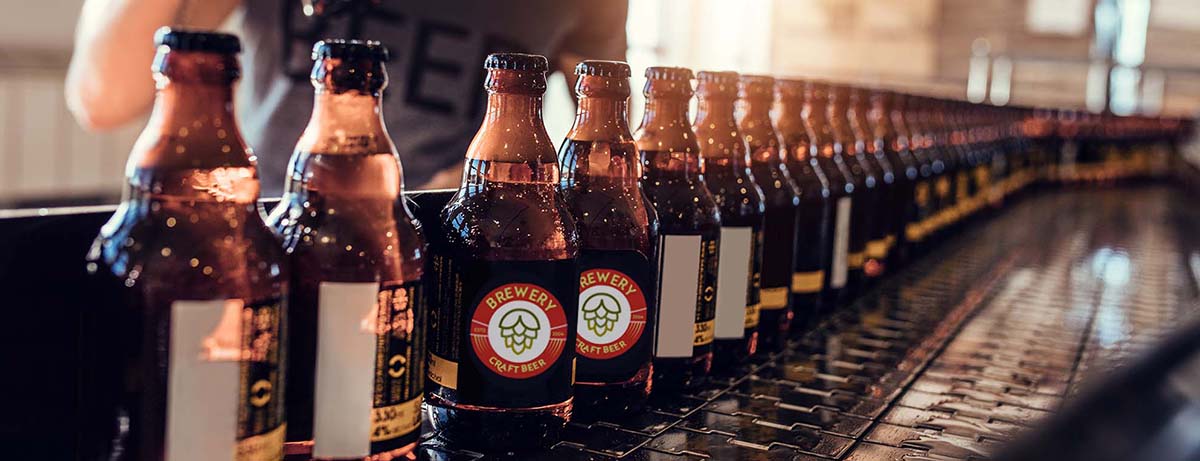
Never stagnant, the alcoholic beverage industry has proven itself to also be one of the most crisis-proof consumer goods categories. When COVID restrictions shut the doors of bars and restaurants, off-premise sales of alcohol soared. Conversely, non-alcoholic and low-alcohol beverages are growing in popularity, prevalent among Millennials and Gen Zers – who are drinking less than other generations did at their age – as well as the “sober curious.” Significant supply chain issues, climate change and even a pandemic has not slowed the growth of this resilient industry.
A market on fire
Although more and more people are becoming health-conscious, pulling back on their alcohol consumption, or stopping altogether, as well as a steady rise in the use of cannabis products, the industry remains unscathed by folks opting for drinking less. Industry experts anticipate the growth rate to be as much as or greater than four percent each year for at least the next five years. According to prnewswire.com, the craft spirits market share is expected to increase by more than $36 billion from 2020 to 2025, and that segment’s growth momentum will accelerate at a CAGR of more than 22%
From 2001 to 2020, the winery industry gained nearly 4,000 new establishments, which represented a 371% increase. The brewery industry opened almost 4.7K new establishments (1,185%), and the distillery industry netted more than 1.1K new establishments (1,789%).
Market trends
Some very interesting developments are taking shape with beer, wine and spirits, and now more than ever, alcohol brands are being forced to re-examine their target audience, the products they offer, their image and how they are showing up in the marketplace in order to effectively compete.
Smaller portions and moderation
With the rise in cannabis consumption and the competition it brings, the alcoholic beverage industry needs to reconsider how products are packaged, and apply more thoughtful features that will appeal to customers. Cannabis is touted as a healthier alternative to alcohol, and for the beverage industry to compete, they’ll need to use strategic measures like introducing smaller packaging sizes and serving options. The industry also faces a moderation movement. By offering smaller serving options, brands can balance the consumer moderation desire in both new and mature drinkers.
Consumers are looking for ethical brands
Solidarity with local brands and businesses was a key trend during the pandemic, and is one that is closely associated with consumers’ preferences around sustainable product packaging and ethical practices. IWSR’s consumer research shows that 48% of U.S. alcohol drinkers say their purchase decisions are positively influenced by a company’s sustainability and/or their environmental initiatives. Sustainable packaging solutions have been at the top of corporate and social responsibility agendas in the drinks industry for many years. Consumers are increasingly looking for alcoholic beverage companies to show a clear commitment to sustainable practices. Local brands can reinforce their status for the long term by emphasizing sustainability, quality and community values on their packaging.
Plenty are ready for ready-to-drink
You may have noticed pre-mixed cocktails are taking over store shelves and commercial ad space. A burgeoning fourth category of alcoholic beverages, ready-to-drink (RTD) beverages, have seen sales increases from seven percent in 2019 to 11 percent for the first half of last year, with several sources indicating that the market will continue to grow. Checking out the latest goings-on inside the beer, wine and spirits industry you’ll definitely stumble across the increasing popularity of RTD selections. Interestingly, these options have been around for a long time, but they are really gaining popularity right now. To give you a better idea of just how popular alcoholic RTD beverages have become, Nielsen notes that the sales of malt-based cocktail variants have grown by 597 percent compared to last year. Also on the rise, hard seltzer RTD sales are at 193 percent growth, while canned wine sales increased by 77 percent.
Driving shelf disruption and creating a stir
In order for beverage alcohol brands to compete in an overly competitive market, deliver exceptional experiences and differentiate their brand, they must pull out all the stops at every avenue possible. Starting with labels and packaging, moving through points-of-purchase at retail stores all the way to designing the right atmosphere at on-site tasting rooms and events, print materials set the tone, build excitement, tell a story and make that vital impression with retail customers. Additionally, many alcohol brands find incredibly receptive customers at music festivals, sporting events and large seasonal gatherings. By enhancing an attendee’s enjoyment, these brands know how to secure their place in the memories of consumers. Use of their product during festive and meaningful events makes an impression that lasts.
According to Forbes, presenting a brand consistently across all platforms can increase revenue
by up to 23%. Ensuring that a brand’s products, packaging, online presence, POP advertising and marketing materials all send a uniform message about the brand’s identity and its core values is essential.
Top print products
Opportunities for print are really brewing in this market. The top print products listed below merely scratch the surface of what’s needed for the alcoholic beverage brands to show up front and center.
- Packaging – single-serve packaging, branded cans, pouches and folded cartons for products and mix-ins
- Labels – hang tags, bottle-neckers and stickers for branding, displaying nutritional information, QR codes and special promotions, as well as tracking ROI
- Marketing Materials – folders, brochures, booklets, rack cards and flyers are effective tools for on-site marketing
- Signage – interior and exterior signage to attract attention, and mass-merchandise displays to highlight specific products
- Graphics – floor and wall graphics to market new products and for seasonal promotions, and window clings to inform consumers and advertise brands
- Promotional Products – branded apparel, drinkware, writing instruments and bags make lasting brand impressions
- Wraps – can wraps as an alternative to printed cans, and vehicle wraps to advertise brands while transporting
Conversational tips
To open doors and have relevant conversations with your beer, wine and spirits customers and prospects, there are a few topics you can cover with them to get a solid dialogue rolling:
- Mention the rise in competition within the industry and externally.
- Explain that the top buying segment is consumers aged 45-64 – which is an age group who prefers shopping in-store and physical advertisements.
- Emphasize the increase in consumer demand for sustainable products and the need for the brands to react.
- Learn about trending beverages in the market such as non-alcoholic, ready-to-drink and high-end spirits.
The takeaway
As we enter a new year, the trends we covered above should help you better understand the opportunities within the market and some of the challenges the alcohol industry is facing. To propel your sales within this growing market, there are a couple of next steps you can take:
- Gather background industry information
Research the industry and top players. Keep up with new and emerging trends. Reports like the ones on IBISWorld contain industry background info, revenue, outlook and jargon necessary to be mindful of when entering this industry for the first time.
- Learn about innovations and trends for alcoholic beverage packaging
With sustainability and brand image being a growing priority, offering new ways to combine aesthetics and sustainability without sacrificing quality is key. Here is an example of a website that offers a ton of good information about packaging trends.
Together, we can help your beverage alcohol industry customers get noticed and we can solve some of the challenges they face. Discover more detailed information on top product ideas and industry stats in our latest flyer for the Beer, Wine & Spirits industry.
